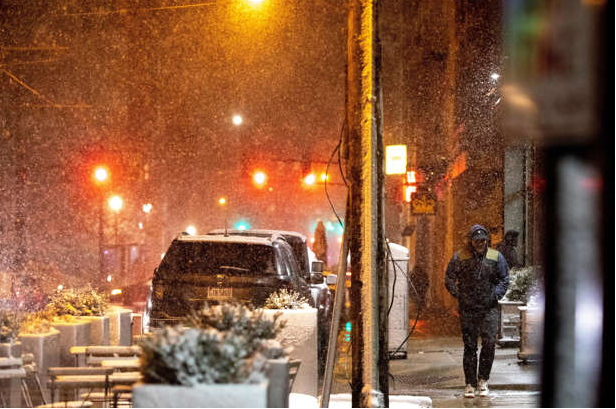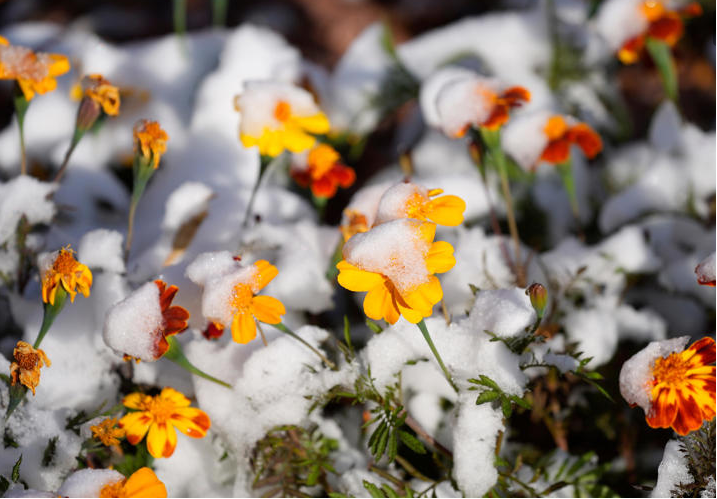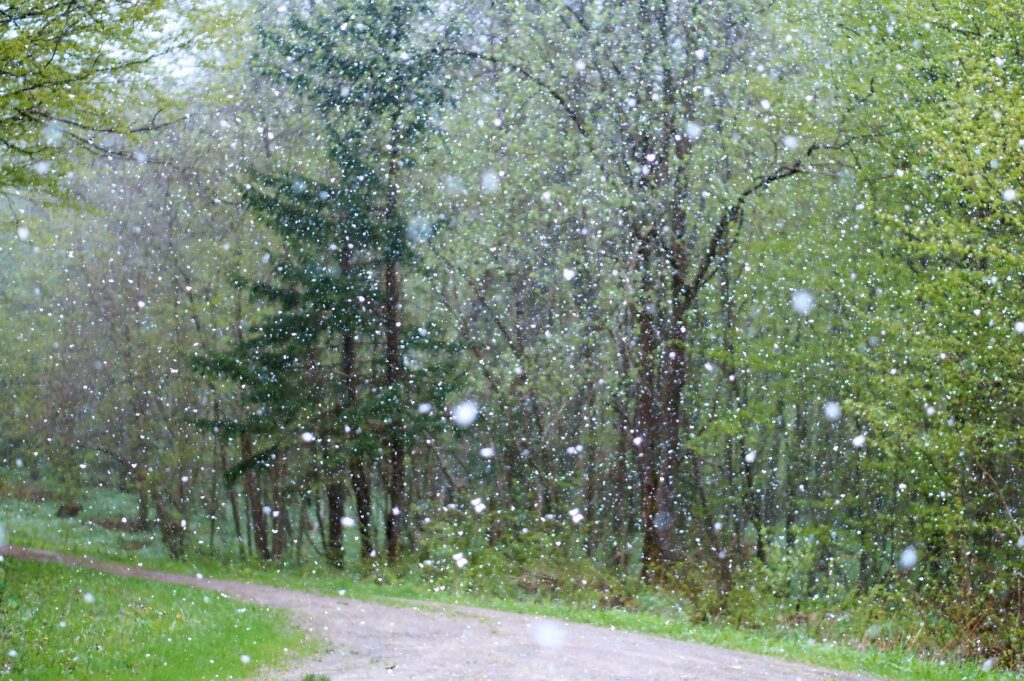Analysis Report on the upcoming weather is listed in this article for taking Preparedness.
Cold temperatures are descending on the United States, with forecasters predicting snowfall from Texas to New York.
The National Weather Service predicts that cold air will descend over nearly the entire contiguous United States next week, with high temperatures 10 to 20 degrees below average for large swaths of the country.

Freeze warnings were issued for millions of people across the South on Saturday morning, from Texas to Alabama.
According to AccuWeather, snowstorms could hit the eastern half of the United States later next week, affecting 2,000 miles stretching from Texas to New York. Earlier this week, snow fell in the central and northern United States.
According to AccuWeather, snowstorms could hit the eastern half of the United States later next week, affecting 2,000 miles stretching from Texas to New York. Earlier this week, snow fell in the central and northern United States.
According to the Weather Service, several inches of snow are possible around the Great Lakes in northern Michigan.

With lingering cold air, snow could accumulate quickly — but “due to the dry air and the storm’s anticipated quick movement, a blockbuster snowstorm is not likely,” AccuWeather reports.
After a “dark and stormy night,” the weather was cold, dry, and peaceful until a mid-week snowfall.
Following “a dark and stormy night” (aren’t all nights dark?) — a line from Edward Bulwer-1830 Lytton’s novel “Paul Clifford,” about a highway robber during the French Revolution — the rain and wind from tropical system Nicole should subside by midday Saturday. it may lead to snowfall.

The storm is expected to dump one to two inches of rain on the Berkshires, causing minor urban ponding, poor drainage, small stream flooding, and isolated flash flooding. Top winds of 30 to 40 mph may cause a few downed tree limbs and utility lines in the early morning hours on Saturday.
Fortunately, because of the track of post-tropical Nicole — which will be absorbed by the cold front — previous dry conditions, and the speed with which the system is moving through, it appears the storm will not cause widespread or severe flooding.
Temperatures will be “incredibly mild for November” before sunrise Saturday, according to National Weather Service forecaster Dan Thompson in Albany, New York. The thermometers will then rapidly slide.
Saturday night and Sunday are expected to be cool and breezy, with isolated to scattered rain and snow showers and partly to mostly cloudy skies.
According to AccuWeather.com, Monday and Tuesday will be calm but chilly, followed by a potential snowfall of up to 3 inches early Wednesday morning. It could be the season’s first widespread accumulation of snow.
Berkshire County typically receives 5 to 6 inches of snow by the end of November. According to historical statistics at Pittsfield Municipal Airport, typical temperatures for the next week range from 29 to 47 degrees.
The Climate Prediction Center forecast for Nov. 18-24, including Thanksgiving Day, predicts below-normal temperatures not only in the Berkshires but across the country, with the exception of South Florida, where above-normal temperatures are expected. During the holiday week, rain or snowfall in western New England is expected to be near or slightly above normal.
OVERVIEW of Nation
Wintry weather, which typically affects parts of the country by mid-November, has arrived late this year, particularly east of the Rockies. However, most of the lower 48 will experience below-average temperatures this weekend.

As Nicole evaporates, a powerful cold front sweeps across the East, bringing an end to yet another surge of tropical air to most of the region.
This weekend, a major storm is sweeping across the northern Plains. As the cold front moves away from the East Coast on Sunday, daytime temperatures will be 10 to 20 degrees below average as a dry high-pressure area from Canada dominates the central United States, allowing arctic air to pour southward.
The pattern will continue next week, with additional cold air reinforcements.
A Gulf Coast storm system is forecast to bring extensive rain from the Deep South to the East Coast by midweek. Rain could be heavy in places along the central Gulf Coast, and wintry precipitation might fall in northern Oklahoma, Kansas, and southern Illinois.
While temperatures will most likely be below normal from the Midwest to the East Coast this week, there will be two exceptions: Maine and Florida.
UPDATE ON THE CLIMATE
According to a draught study by the government’s National Climate Assessment, the effects of climate change are already “far-reaching and intensifying” across the United States.
The end result? From drinking water sources in the Midwest to small enterprises in the Southeast, there are significant hazards to practically every part of society.
The draught provides the most comprehensive examination of global warming’s impact on the nation, both current and future. The final report isn’t due out until late 2023, but the 13 government agencies and hundreds of scientists working on it released a 1,695-page draught for public review this week.
According to a New York Times report, “the things that Americans value the most are under threat.” “Stronger extreme events and long-term climate change make it more difficult to maintain secure houses and healthy families, dependable public services, a viable economy, vibrant ecosystems, and strong communities.”
Major disruptions to farms and fisheries could drive up food prices, while disasters such as severe wildfires in California, sea-level rise in Florida, or frequent flooding in Texas could displace millions of Americans.
“By bringing together the most recent data from climate science, the study emphasises that Americans in every corner of the country and every sector of the economy face real and devastating climate repercussions,” said John Podesta, President Biden’s senior adviser.
Sections of the research identify dozens of solutions that governments and localities might use to adapt to the dangers of climate change, such as adding tougher building rules or water-saving techniques. However, the draught warns that adaptation attempts are moving too slowly in many cases.
“The old narrative that climate change is something that’s happening to polar bears or something that’s going to happen to your grandchildren — that was never accurate, and it’s now obviously not true,” said one of the report’s authors, “and it’s now definitely not true.”
Kate Marvel is a NASA climate scientist. “There’s a lot of bad stuff going on right now that we can confidently say, ‘This wouldn’t have happened without climate change.'”








